Australian Tropical Rainforest Plants - Online edition
Mimusops elengi L.
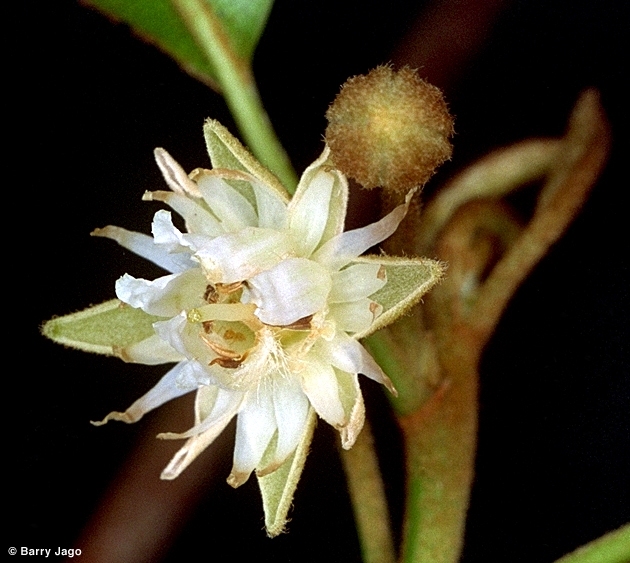

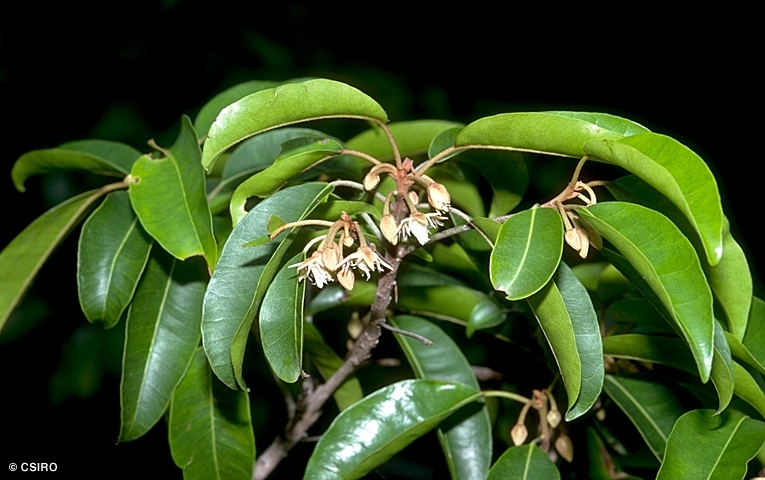
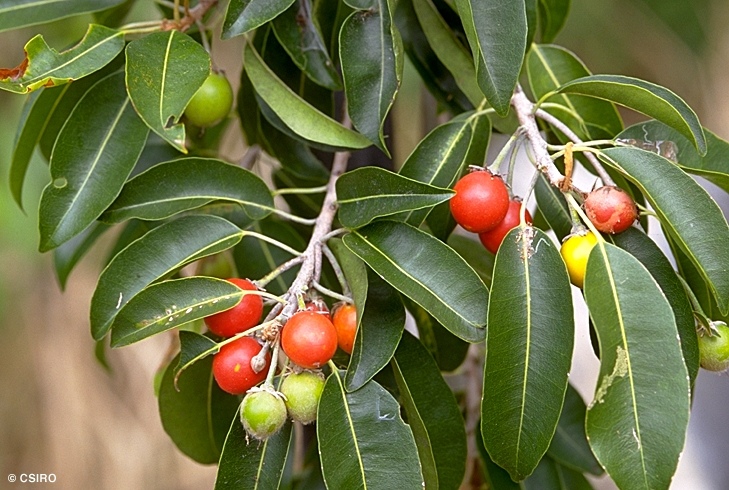
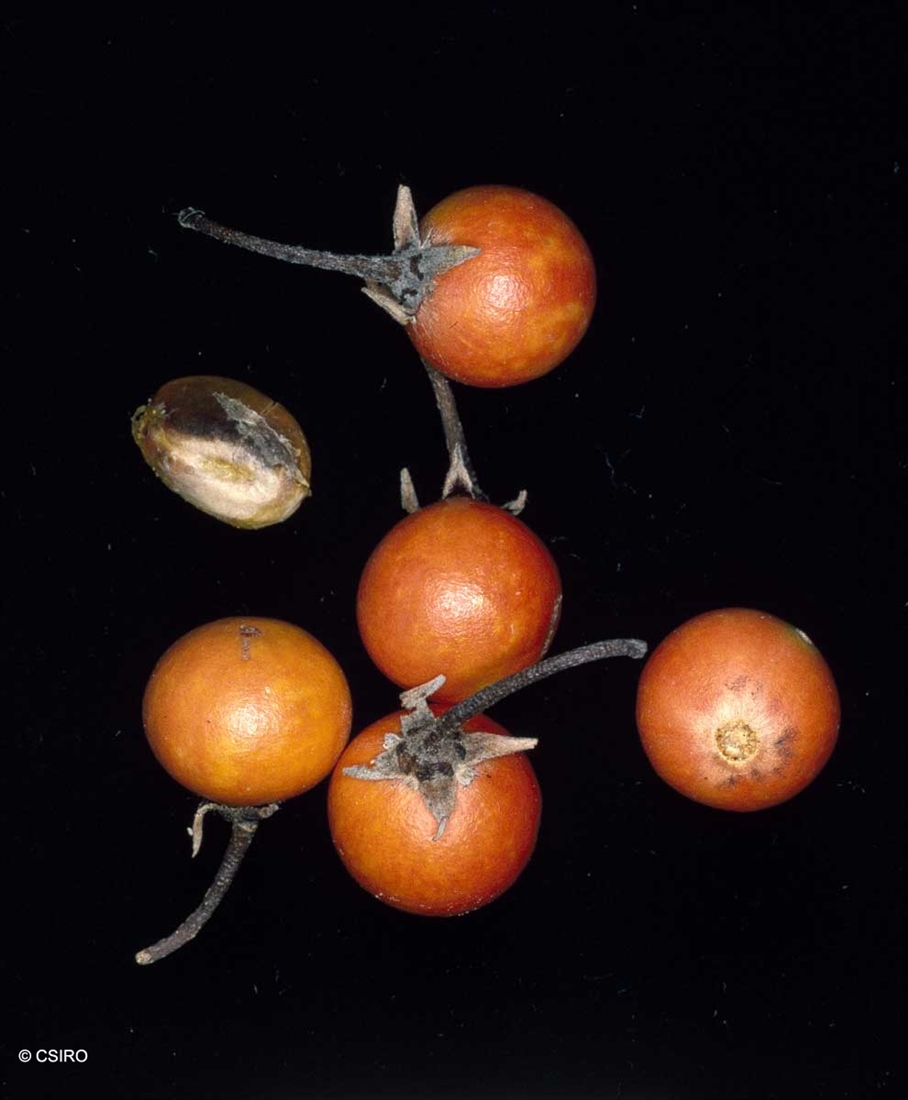



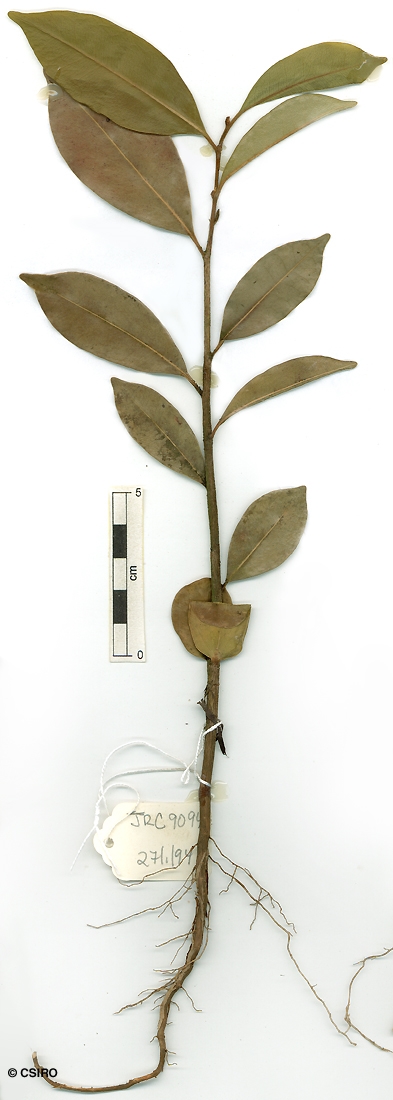
Linnaeus, C. von (1753) Species Plantarum ed. 1 2: 349. Type: India ?.
Red Coondoo; Mimusops; Mamajen
Dead bark layered. White, granular stripes in the outer blaze.
Fruits globular or ellipsoid, about 12-17 x 12-15 mm. Calyx persistent. Seeds 1 or 2 per fruit, each about 11-15 x 7-10 mm, hilum +/- circular, basal. Cotyledons flat and thin.
Cotyledons ovate or elliptic, about 15-25 mm long. At the tenth leaf stage: leaf blade elliptic or obovate, apex slightly acuminate, glabrous on the upper surface, midrib raised on the upper surface of the leaf blade. Stipules about 1 mm long, linear, hairy, caducous; petiole, terminal bud and stem densely clothed in rusty brown hairs. Seed germination time 16 to 88 days.
Occurs in WA, NT, CYP, NEQ and CEQ. Altitudinal range from sea level to 200 m. Grows in monsoon forest, beach forest and drier, more seasonal rain forest. Also occurs in Asia, Malesia and the Pacific islands. The fruit of this tree is much sought after by fruit eating pigeons particularly Torresian Imperial-Pigeons (Ducula bicolor).
Fruit eaten by Fruit Pigeons. Cooper & Cooper (1994).
An attractive tree that will withstand salt laden winds and often grows on the beach front. It has good shape and the flowers and fruits are showy. Fruits are sought after by birds.





